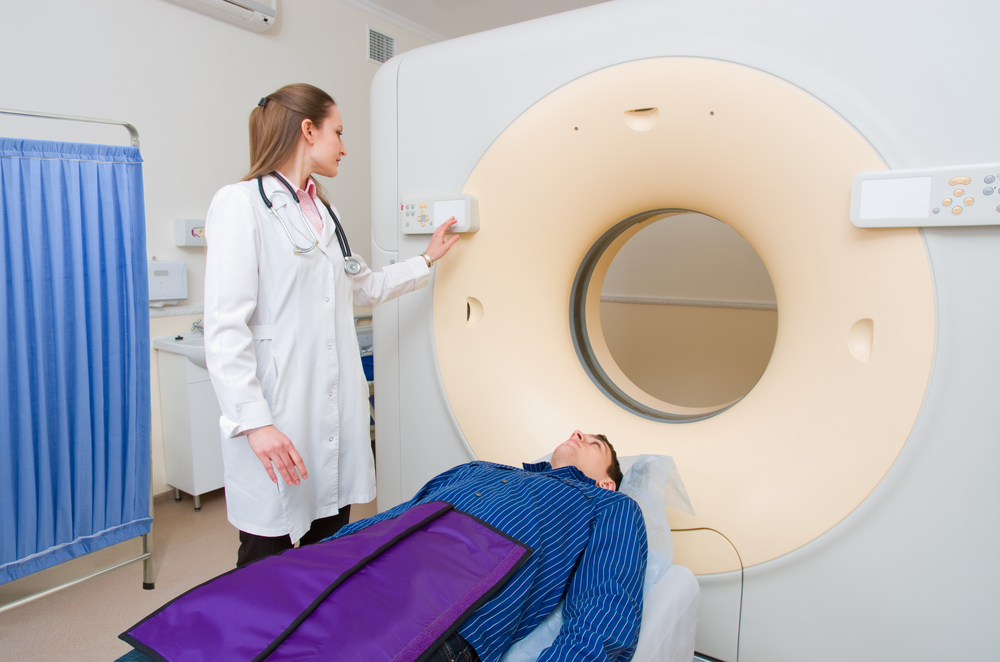 In a recent study titled “High-Dose Robotic Stereotactic Body Radiotherapy in the Treatment of Patients With Prostate Cancer, Preliminary Results in 26 Patients”, published in the Technology in Cancer Research & Treatment journal, a team of researchers from the University of Messina, Italy, evaluated whether stereotactic body radiotherapy (SBRT) could mimic high dose rate brachytherapy (HDR-BRT) dose fractionation in localized prostate cancer patients.
In a recent study titled “High-Dose Robotic Stereotactic Body Radiotherapy in the Treatment of Patients With Prostate Cancer, Preliminary Results in 26 Patients”, published in the Technology in Cancer Research & Treatment journal, a team of researchers from the University of Messina, Italy, evaluated whether stereotactic body radiotherapy (SBRT) could mimic high dose rate brachytherapy (HDR-BRT) dose fractionation in localized prostate cancer patients.
Radiotherapy is an important treatment choice for patients who are diagnosed with localized prostate cancer, however an ideal treatment regimen for these subset of patients is yet to be determined.
Patients with histologic diagnosis of prostate adenocarcinoma with Stage I-III disease, without previous radiation therapy treatment, prostate surgery, or chemotherapy and a prostate volume smaller than 90 cm3, enrolled in this trial.
Patients were treated either with SBRT in monotherapy (CyberKnife System and fiducial tracking system) or in combination with a pre-external-beam radiotherapy (EBRT) boost.
The trial’s primary and secondary endpoints were the evaluation of both acute and late toxicities and the observation of prostate-specific antigen (PSA) nadir, respectively.
The trial was ongoing from 2008 until 2013, and a total of 21 patients received monotherapy (38 Gy/4 fractions) and another 5 patients received combined therapy (9.5 Gy/2 fractions plus 46 Gy/23 fractions EBRT). Furthermore, 16 patients received androgen deprivation therapy (ADT)
Toxic side effects were observed in 18 patients and included genitourinary and gastrointestinal alterations.
The results demonstrated that in the group of patients treated with monotherapy for low, intermediate and high-risk disease, PSA nadir values of 0.11, 0.19 ng/mL and 0.7 ng/mL, respectively, were observed.
“Our data on SBRT emulating high dose rate dose/fractionation for monotherapy or pre-EBRT boost for local prostate cancer confirm feasibility in a heterogeneous cohort of patients with prostate cancer having optimal PSA control and low acute and late toxicity. The SBRT appears to be an attractive option, although further long-term data and larger patient numbers are necessary”, the authors note in their study. “Besides, the role of ADT used in our patients (16 of 26) with high-dose regimen remain poorly defined. Only 5 patients were treated with SBRT+EBRT, and this is a very small number of patients to draw conclusions in terms of toxicity and PSA response”, they further conclude.

